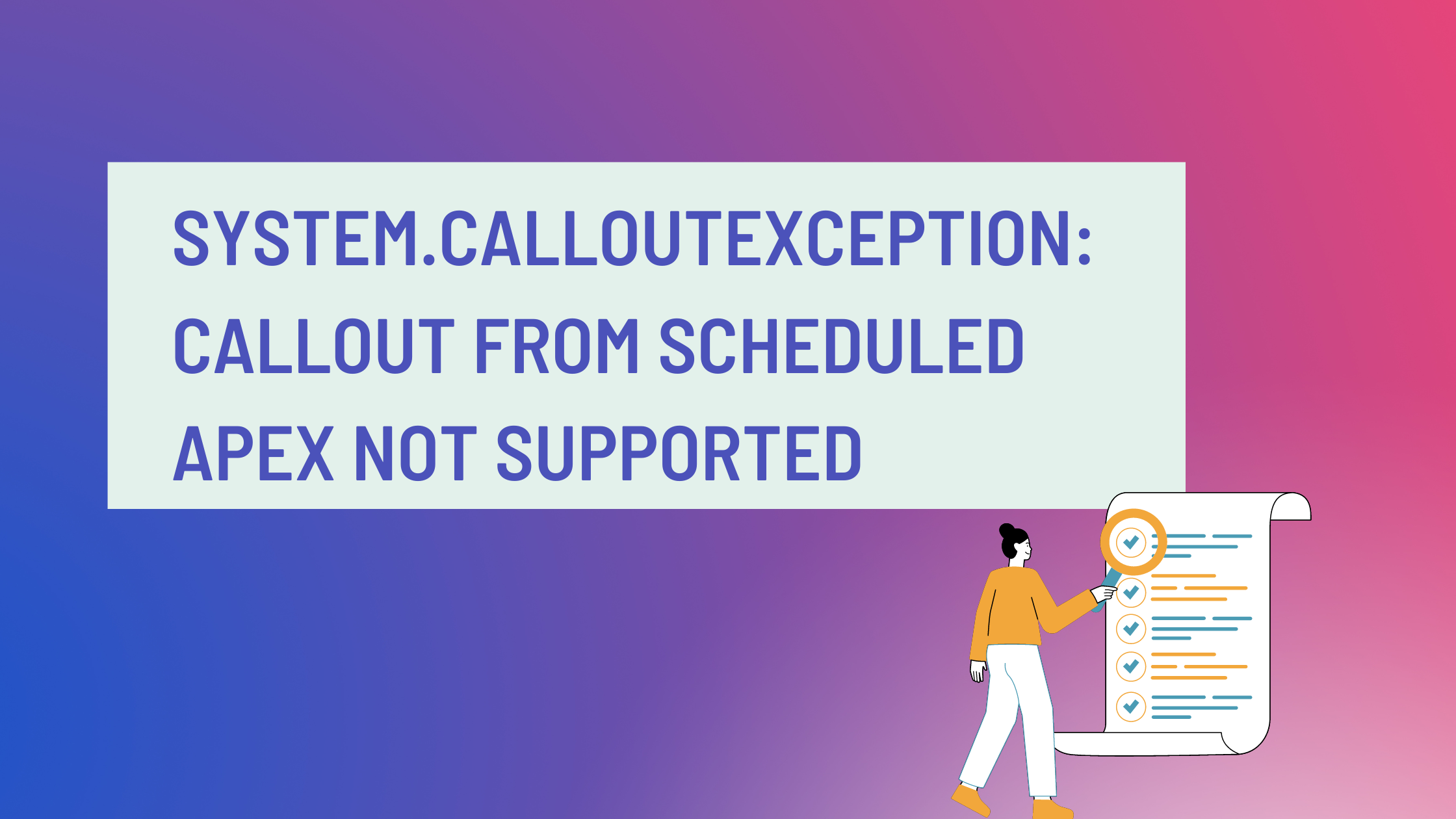Salesforce Flows are a valuable tool for automating business processes and creating interactive user experiences. However, they do have certain limitations that users should be aware of.
Firstly, Flows may not be suitable for highly complex scenarios that involve intricate decision-making or extensive data manipulation. They are better suited for simpler processes. Additionally, Flows are not designed for bulk processing, so if you need to perform operations on a large volume of records, other tools like Apex or Salesforce Data Loader may be more efficient.
Record locking is another limitation of Flows. They do not handle record locking automatically, so conflicts and data inconsistency can occur if multiple users try to update the same record simultaneously. Integration capabilities with external systems are also limited in Flows, and complex integrations may require the use of other tools or third-party platforms.
Flows have limited built-in error handling capabilities compared to Apex, and deploying Flows between environments can be more complex due to dependencies and configuration challenges. Additionally, Salesforce imposes limits on the number of Flow executions per day and various governor limits on individual Flow elements, which can affect scalability and performance.
Despite these limitations, Salesforce Flows offer a powerful way to automate processes and enhance user experiences. By understanding the limitations and leveraging the strengths of Flows, organizations can effectively utilize them to streamline workflows and improve productivity. It’s important to carefully consider these limitations when designing and implementing Flows to ensure they align with your business requirements.


















